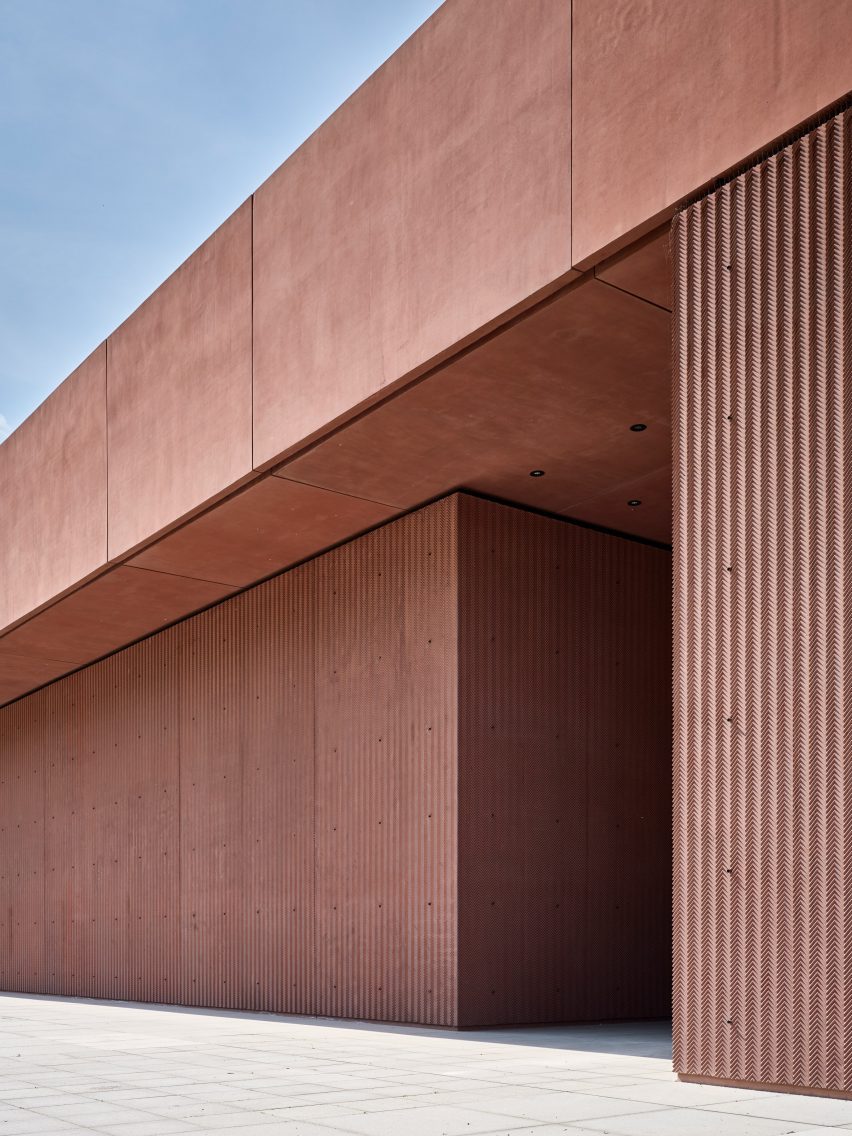

Thietmar of Merseburg reported in his Chronicon that Bolesław set Strehla Castle in the Margraviate of Meissen ablaze on his way back to Poland, although it remains unclear why he did so.

In any case Henry neither protected him, nor punished the assailants. While it is not known for sure if the attack had been ordered by Henry and the contemporary chronicler Thietmar of Merseburg denied any complicity, Bolesław believed this was the case. Moreover, an attempt was made on Bolesław's life, which he escaped only with the help of Duke Bernard of Saxony, the Nordgau margrave Henry of Schweinfurt and several friendly German nobles. Bolesław left the royal court with disappointment. īolesław's claims for enfeoffment of Meissen were rejected these passed on to Eckard's brother Gunzelin, Margrave of Meissen. In return, Bolesław recognised Henry as king. Merseburg council (July 1002) īolesław occupied Lower Lusatia and the Milsko/Milzener land around Budziszyn (now Bautzen) after the death of Eckard, presumably in agreement with the Ekkehardings, and when Bolesław participated in the renewed election of Henry II by the Saxon princes on July 1002 at the Kaiserpfalz in Merseburg, Henry gave Bolesław these lands as fiefs. Herman of Swabia eventually submitted to king-elect Henry II on 1 October 1002. Henry then launched an indecisive campaign against Herman of Swabia, but was recognised by the Thuringians, Saxons and lower Lotharingians in subsequent months, either by homage or renewed election. Henry was elected and crowned king in Mainz on 6 or 7 June 1002. The latter was attacked and killed by Saxon nobles a few weeks after. The Bavarian duke Henry IV, member of a cadet branch of the Ottonian dynasty, raised claims to become King of the Romans – against rivalling duke Herman II of Swabia and margrave Eckard of Meissen. The circumstances changed significantly, when in January 1002 Emperor Otto III suddenly died at the age of 21, leaving no heirs nor any succession arrangements. German succession crisis (January–October 1002) įurther information: Otto III, Holy Roman Emperor § Succession crisis and 1002 German royal election In 1000 Bolesław and Otto met at the Congress of Gniezno and solemnly celebrated their mutual recognition and friendship, with Bolesław called 'brother and cooperator of the Empire, friend and ally of the Roman people'. The Polish ruler also allied with Margrave Eckard of Meissen to contain the influence of the Přemyslid dukes of Bohemia. The Ottonian emperors had also supported Polish expansion against the Přemyslids, in the Baltic areas and against Kyivan Rus' since the 970s. Background Ottonian–Polish relations Marches of Lusatia and Meissen about 1000īolesław maintained good relations with Emperor Otto III ( r. 983/996–1002): together they fought against the West Slavic Lutici tribes and the Obotrites. The fighting ended with the Peace of Bautzen in 1018, which left Lusatia and Upper Lusatia as a fief of Poland, and Bohemia became a duchy in the Holy Roman Empire.

The locus of conflict was the control of Lusatia, Upper Lusatia, as well as Bohemia, Moravia and Slovakia.

#Poland battle of vienna series#
The German–Polish War consisted of a series of struggles in 1003–1018, between the Ottonian king Henry II of Germany ( Holy Roman Emperor from 1014) and the Polish Piast ruler Bolesław I the Brave. The Duchy of Bohemia becomes an Imperial State of the Holy Roman Empire.Poland is granted control over Lusatia and Upper Lusatia.


 0 kommentar(er)
0 kommentar(er)
